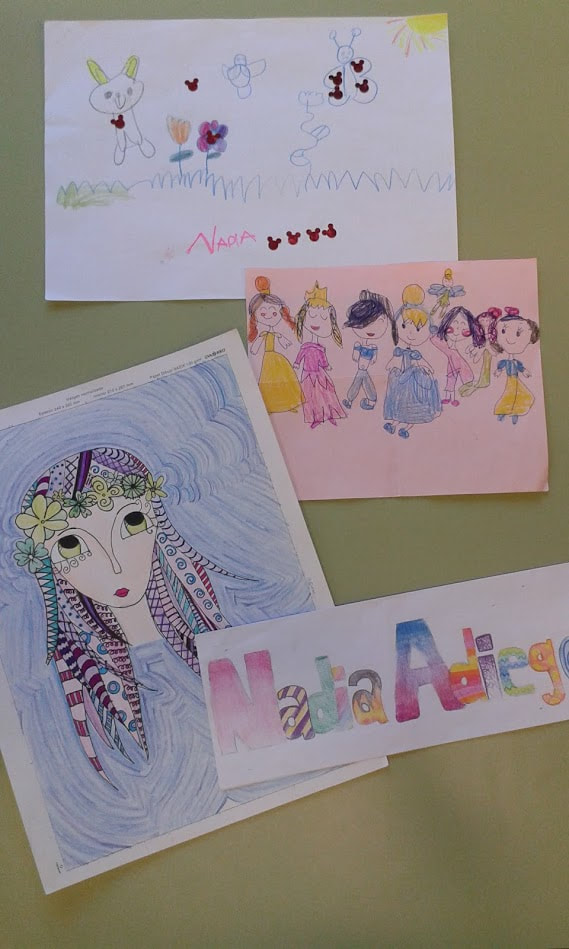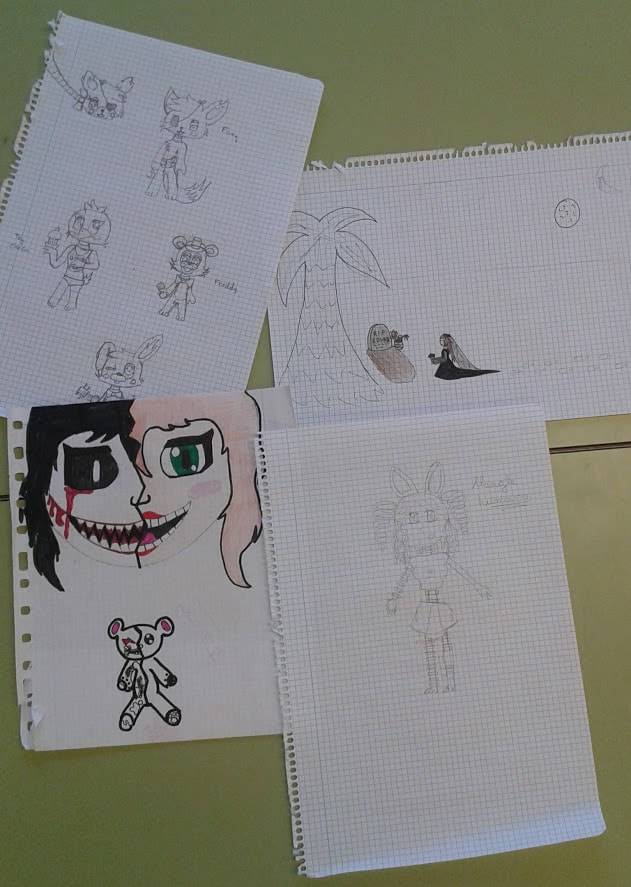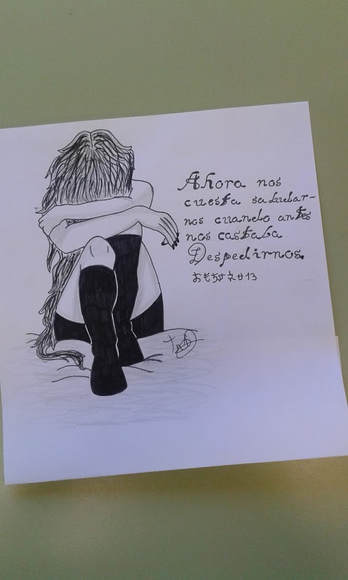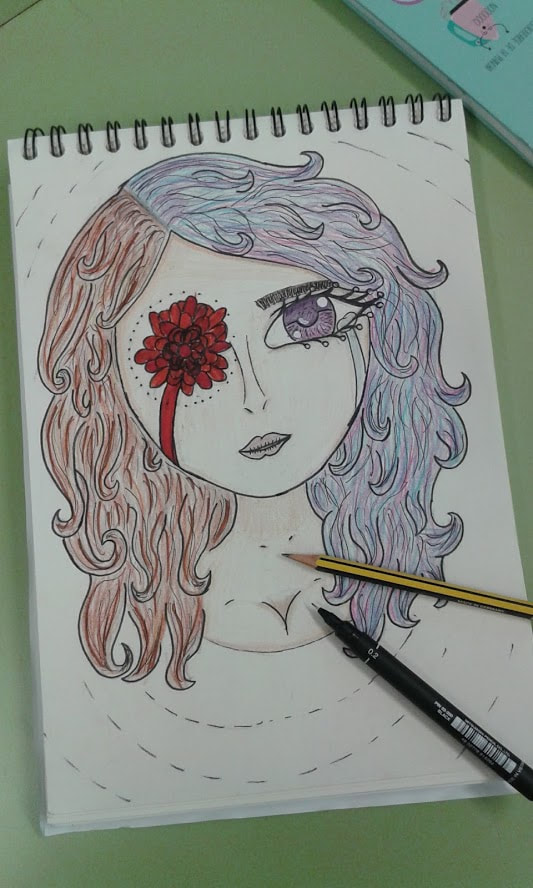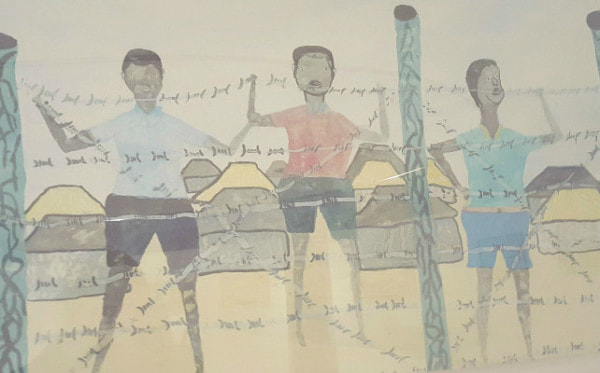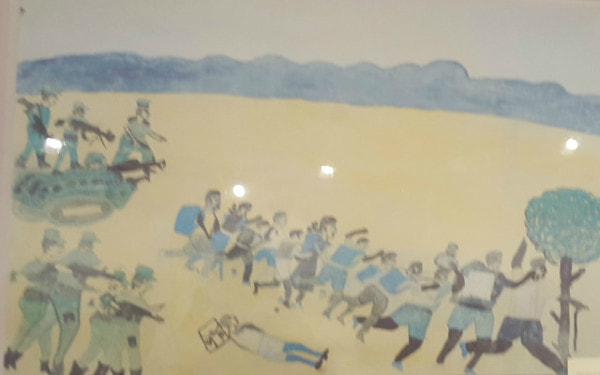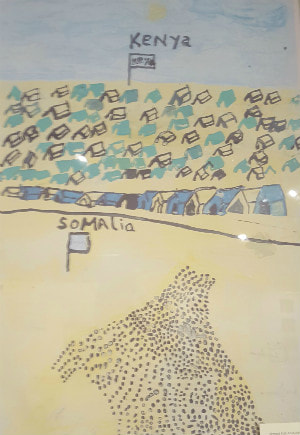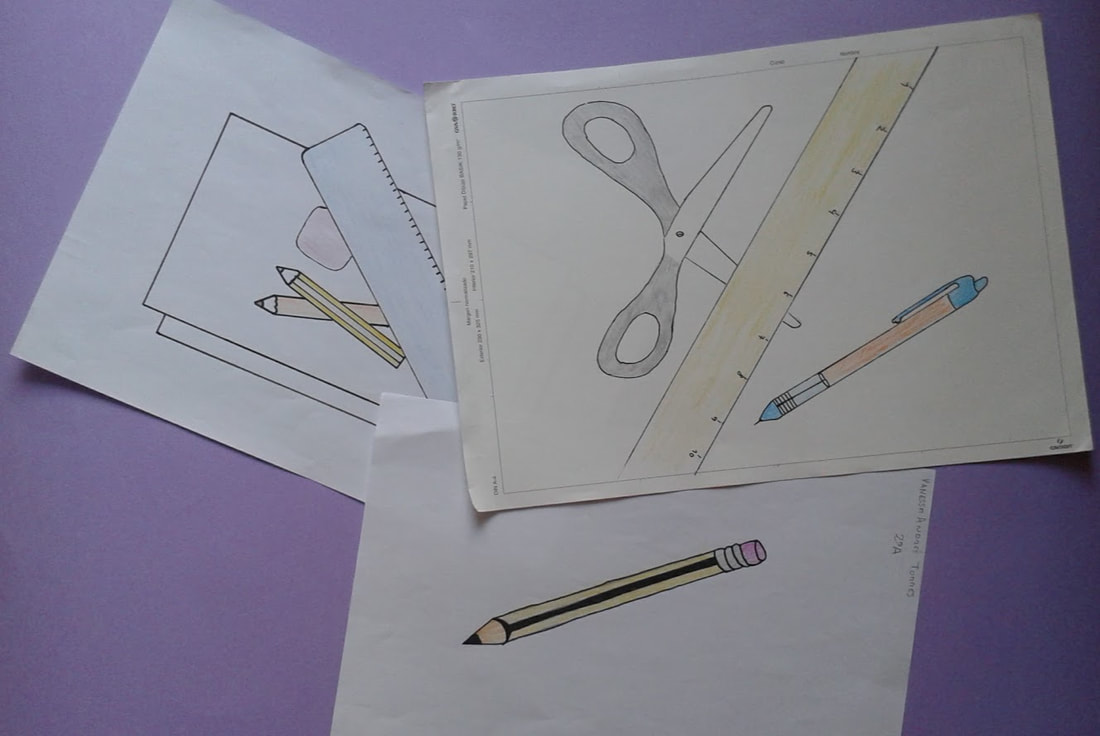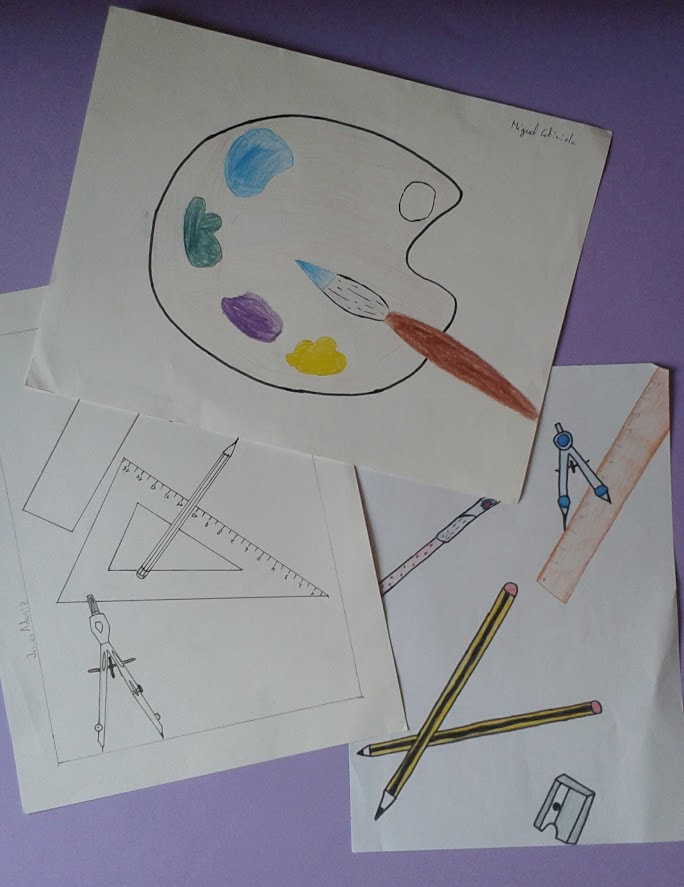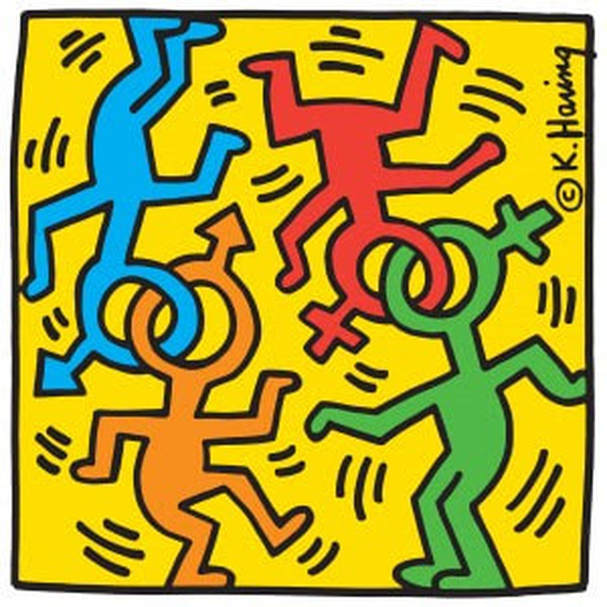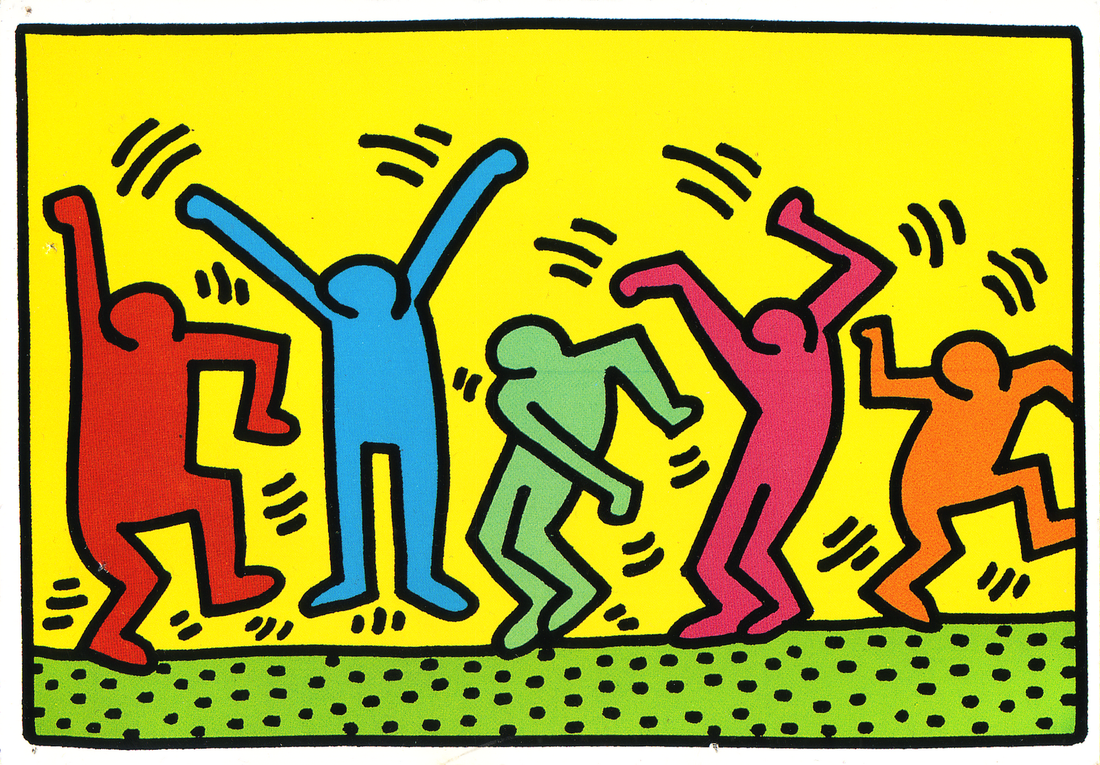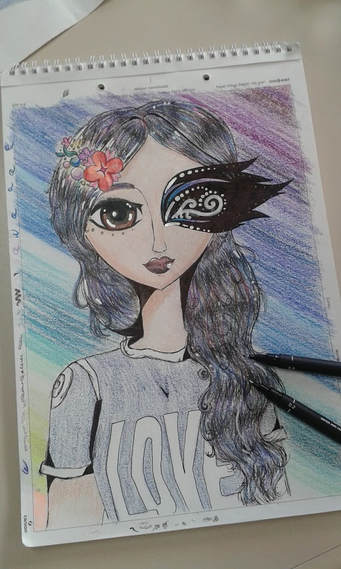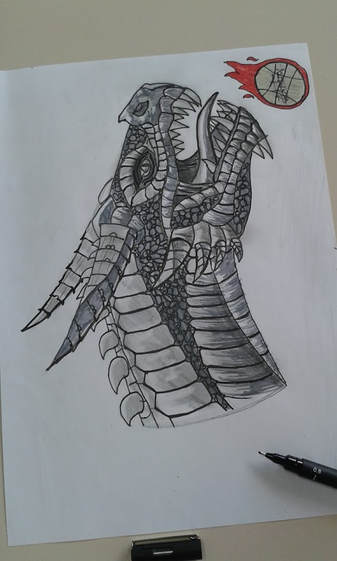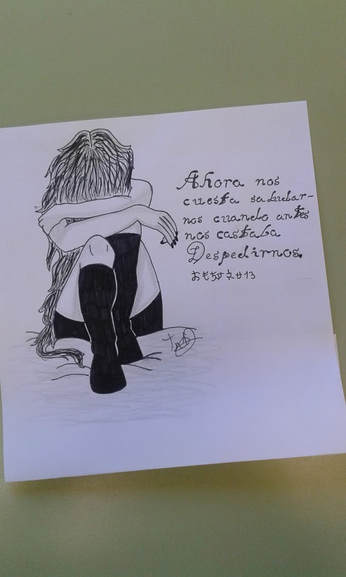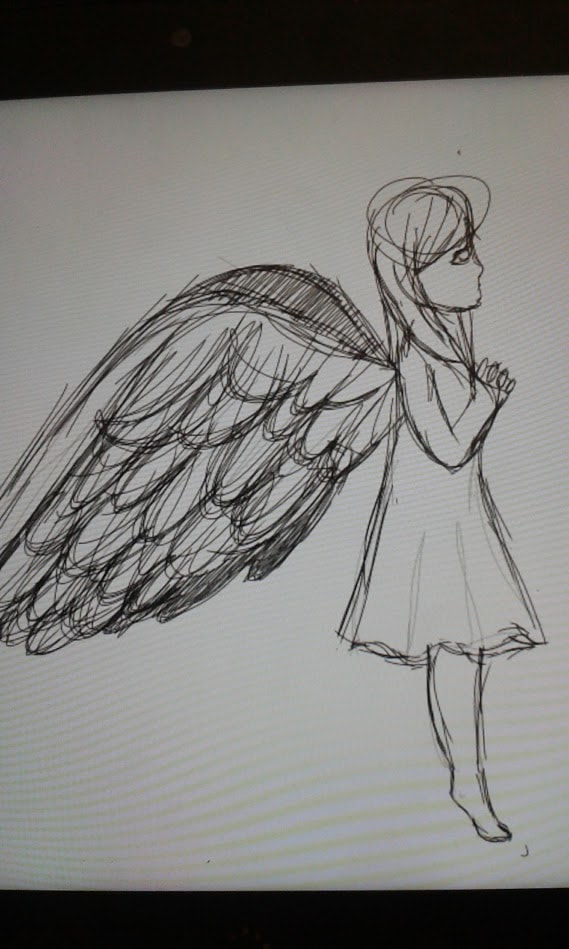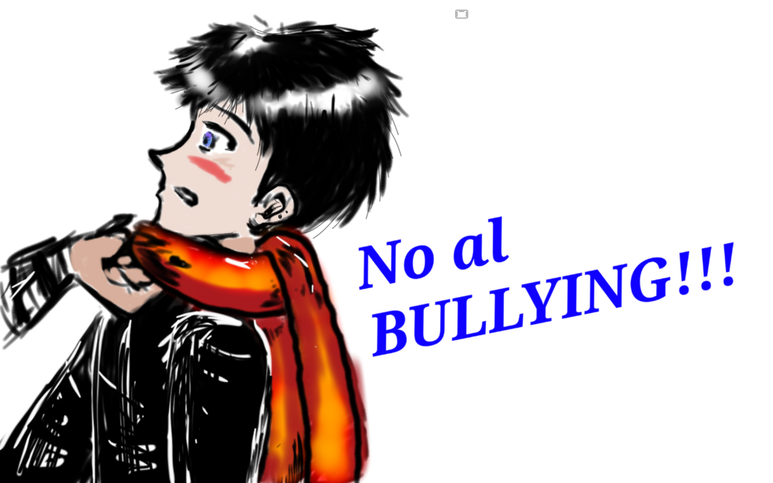In this subject we are going to reflect on the need of expressing ourselves through plastic and visual language while we are childs and teenagers. And we are also going to reflect on the importance this side has, along with creativity, for our development at the school.
CALENDAR
Task 1 has to be developed along first day morning. Before starting any task, read the whole page. It is important to have task 2 in mind to decide in each group the artistic techniques you want to use and the materials you are going to need and that each member of the group will have to bring.
Task 2 has to be developed througout the next 2 working days.
Task 1 has to be developed along first day morning. Before starting any task, read the whole page. It is important to have task 2 in mind to decide in each group the artistic techniques you want to use and the materials you are going to need and that each member of the group will have to bring.
Task 2 has to be developed througout the next 2 working days.
|
TASK 1
|
When we are babies, we love doing scribbles and lines everywhere. When we are children we express ourselves filling in and colouring spaces, doing tactil textures and patterns and designing collages. When teenagers, we draw trying to capture our complex inner world.
|
LET'S ANALYZE OUR WORKS!
|
ACTIVITIES TO DO
You have to write down these analysis and put them in your team Padlet. Drawings by Nadia: from childhood till now (2º ESO).
Drawing done by a girl while being an oncology patient.
|
Vanesa shows with this selection her evolution since childhood till now (2º ESO).
Arrival to a refugee camp seen through a boy's eyes.
War seen by a child.
|
You have to write down these analysis and put them in your team Padlet.
|
TASK 2
|
School is an environment where we develop and build our personality and where we can also discover interests, concerns, points of view, proposals, ....all those things make us reflect and wonder about many issues and, therefore, answer and give an opinion. We can do all that in Arts and Crafts.
Now we are concious that images can be created to reach many goals (apart from a purely aesthetic goal). We are going to go on doing artistic compositions that send a message and carry an intention. At the begining of the exercise we would take issues and ideas that make us be worried or interested. With these images we can claim, raise awareness, provoke, protest, report.....and trough these ways make the observer think. We will see the work of famous plastic artists Keith Haring and Banksy. |
LET'S START UP OUR CREATIVITY!
|
ACTIVITIES TO DO
|
Banksy
Banksy
Keith Haring
Keith Haring
|
Compositions made by our students.
With this composition the author is raising awareness and protesting about an issue. The drawing has been done by one of our secondary school students.
CREATIVITY IS GOING TO PLAY A VERY IMPORTANT ROLE. IT IS GOING TO BE MORE IMPORTANT THAN ABILITY TO DRAW, AS EVERY STUDENT HAS THE RIGHT TO EXPRESS HIM/HERSELF THROUGH ART.
